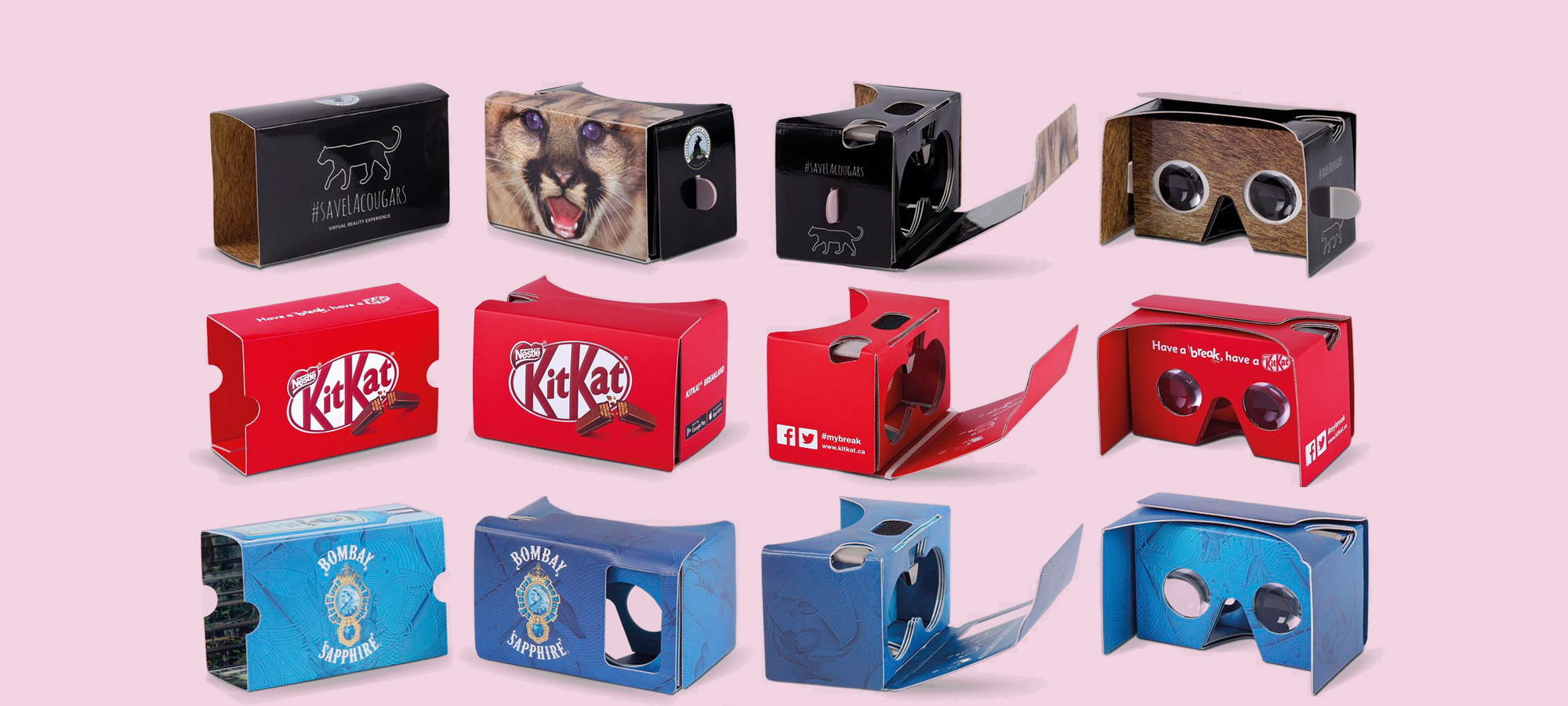What is Virtual Reality?
Virtual Reality is a fully visually immersive computer generated world that you can explore by wearing a VR headset.
It’s not a new concept; in the 1930s, the science fiction writer Stanley G. Weinbaum described a goggle-based VR device in his short story ‘Pygmalion’s Spectacles’. During the 80s NASA developed VR headsets and in the 1990s electronics giant Nintendo promised us a new exciting world of gaming with its mobile gaming system ‘Virtual Boy’.
But the stumbling block for all of these early headsets was that the technology wasn’t advanced enough to create the suspension of belief needed to fully immerse the user. Today that has changed.
Over the previous two years the interest in the VR world has been reignited, fuelled by the $2 billion Facebook paid to acquire Oculus VR, the current leader in the race to bring VR to the masses with its Rift headset. What’s changed? High-resolution screens with fast refresh rates and a wide field of view and small enough to fit into headsets. Coupled with processing power fast enough to render artificial worlds, virtual reality is now viable, and along with Oculus there’s no shortage of companies keen to join the revolution.
What hardware is needed to view VR content?
You’ll need a VR headset. Visit our Getting Started with Virtual Reality page to find out what your options are.
What can VR be used for?
It’s not just about gaming. Games may be the catalyst for millions of headsets making their way into people’s homes, but the advent of VR headsets such as Google Cardboard and the Samsung Gear VR mean that for relatively little cost consumers can directly experience a product or venue in the most immersive way possible, without actually being there.
Do I need specialist software to view VR content?
VR content can be viewed in a number of ways. Directly from the web, making it very accessible with no need for software plug-ins. This works especially well if combined with the user’s own smart phone and a Google Cardboard headset. You can also download apps or games to your phone, these act as self contained players for the VR content again viewable in conjunction with a headset.
Is it expensive?
Not necessarily – great VR experiences are available using headsets made of cardboard! Our high quality photographic 360 panoramas work fantastically in a virtual environment. Combined with Google Cardboard, an inexpensive commercially available viewer, it offers a simple way for end users to view content using their own phone. You can even brand it and post it flat-packed with a URL or QR Code linking directly to online content or an downloadable App. Volvo recently used Google Cardboard to great effect with a VR campaign for its new XC90.
Can I see some examples?
Yes, if you already have a VR headset and are viewing this on your smartphone, then you can explore the luxury interior cabin of a private jet or take in the view of London perched on a crane during the construction of the Shard. Once the tour has loaded click on the headset icon and place your phone into your VR headset.
To see more VR examples please click here.
Does it make you nauseous?
It’s potentially an issue that has to be considered, but there’s no simple answer. Nausea is often commented on when discussing VR, but is not really discussed much by the VR headset manufacturers. In short, the problem can arise due to the human brain’s processing of this type of viewing technology. Although VR can immerse you in an environment and ‘trick’ the brain into believing you’re in that world, the motion experienced in the virtual world is not always mirrored by your physical self. VR developers spend countless hours wearing a headset and may develop a resistance to nausea, in contrast, a first time viewer might experience these adverse effects soon after entering the virtual world.
Fixed camera positions help to minimise any potential nausea, as the image quality is very high and there’s no movement of the image itself. 360-degree video is a work in progress, it’s technically challenging and the quality is not yet at the standard of a 360-degree still panorama. If the video includes motion then this can increase the potential to induce nausea. CGI content again depends on the graphic quality of the render, the frame-rate and, if there is movement, how controlled and smooth it is.
Nausea and motion sickness is common in reality, virtual reality can replicate this or potentially have its own special formula for creating it.
Future developments?
The VR explosion is in full flow and these are exciting times. It’s still early days but it’s a platform that’s difficult to ignore for its potential to engage users and articulate an experience in a revolutionary way. It’s a brave new frontier in the digital world.
Please visit our Virtual Reality Services page to find out how we can help.

